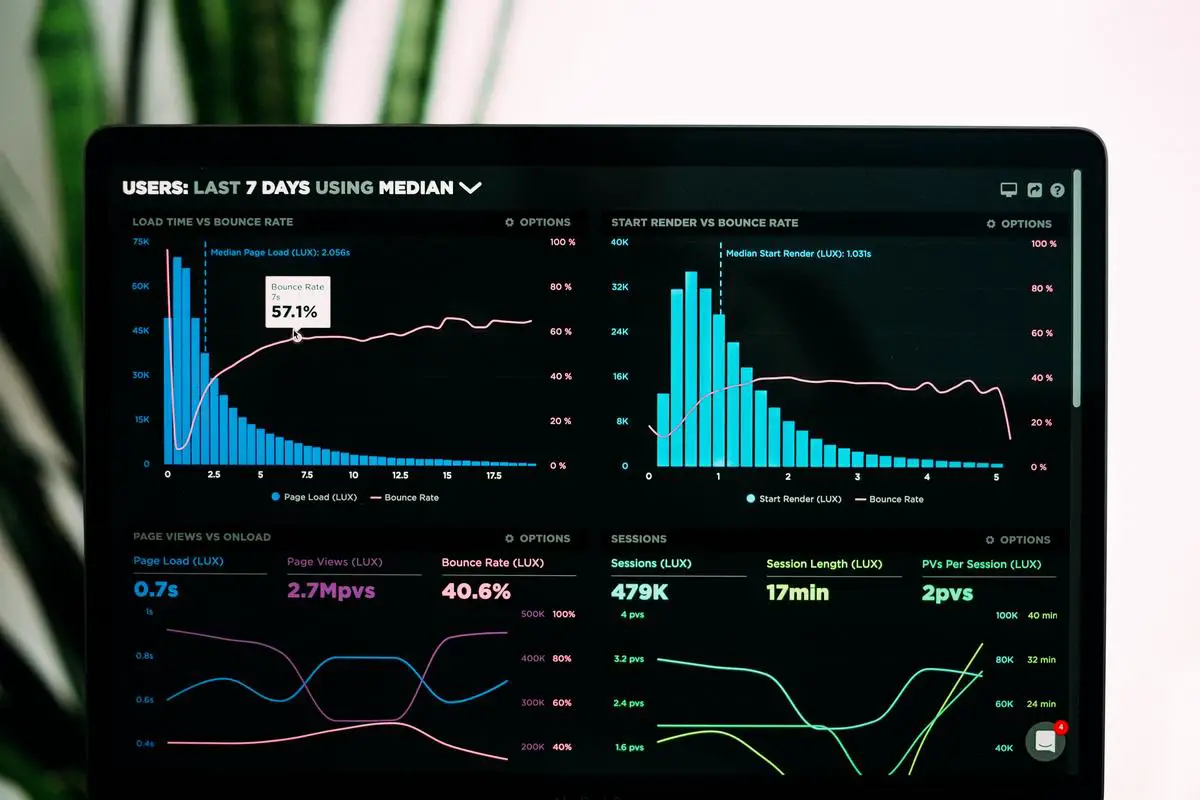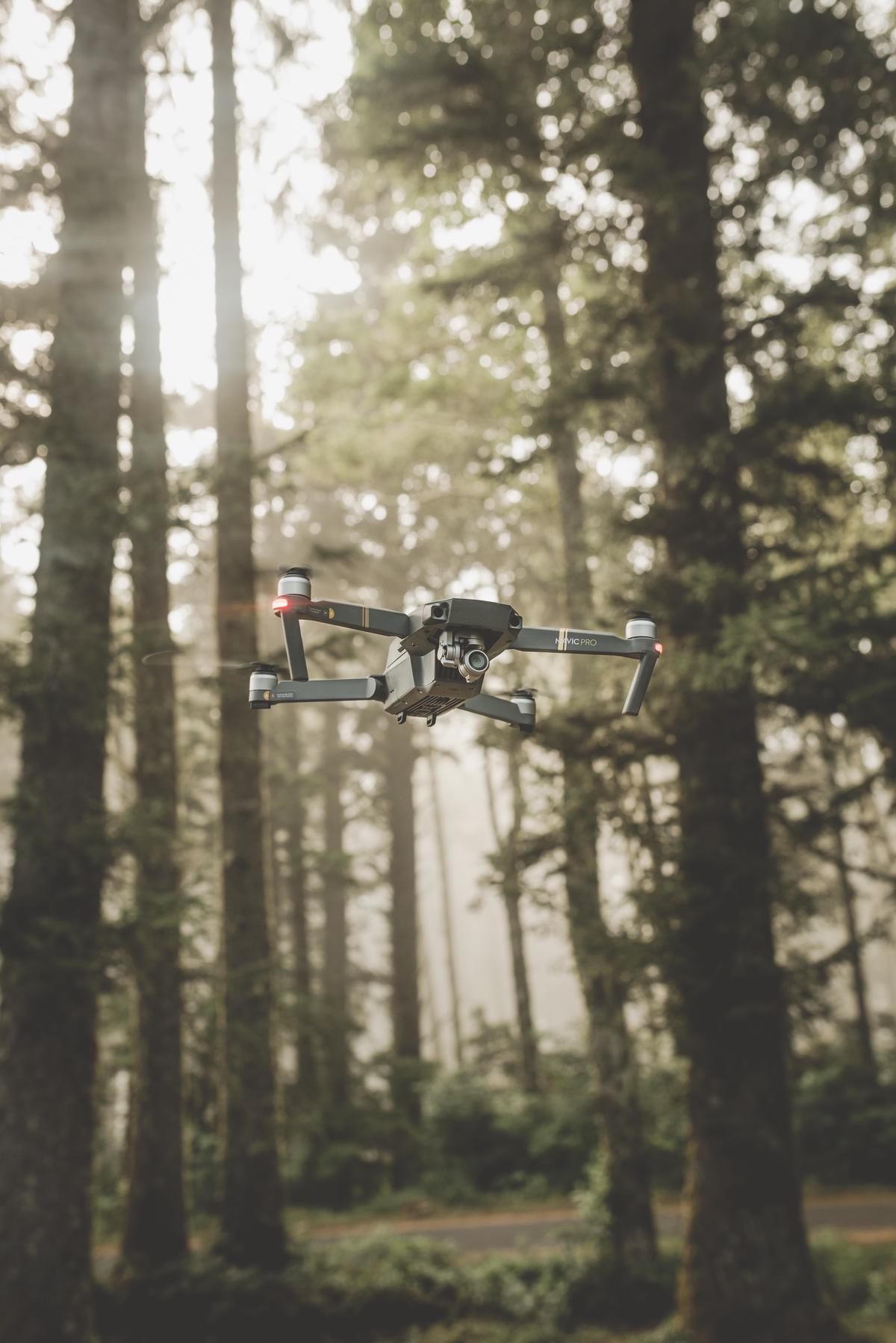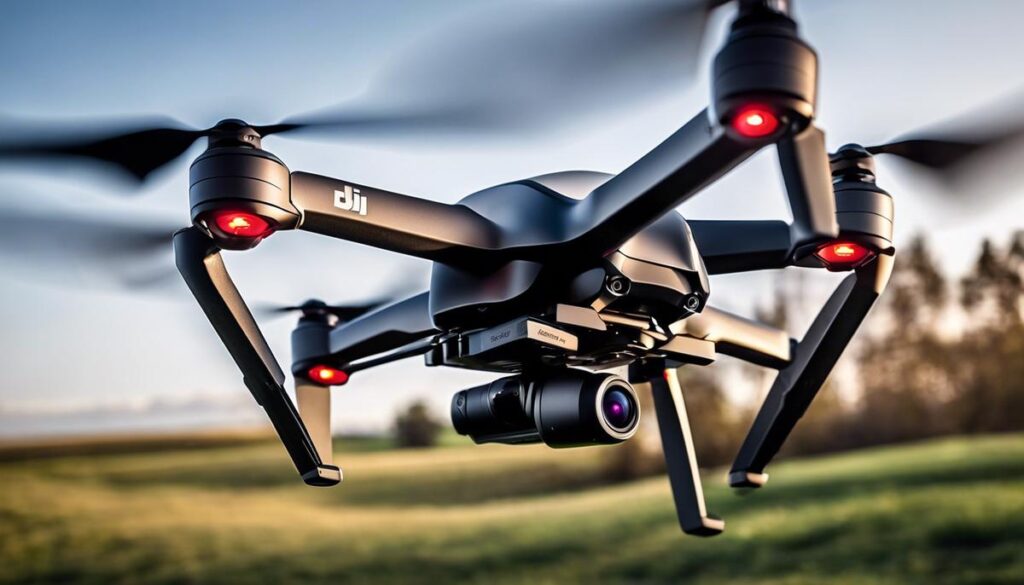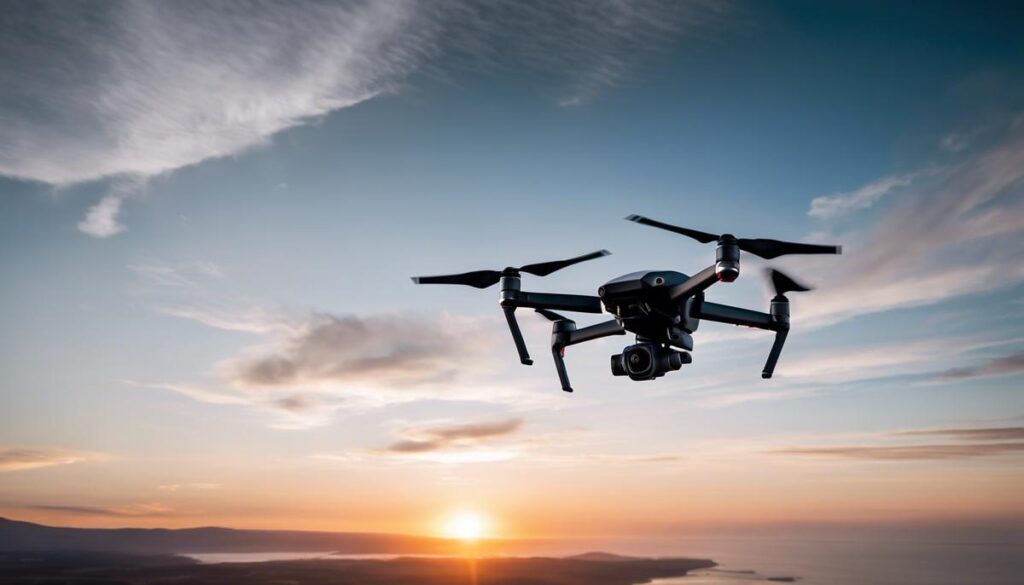In the advancing technological world, unmanned aerial vehicles (UAVs), known popularly as drones, have reshaped numerous industries, from cinematography and agriculture to security and delivery services. Heading this revolution is DJI, a global leader known for its advanced drone technology. This article provides an in-depth exploration into the intricacies of DJI drones, their data practices, and correlating privacy concerns. We start by investigating the operative mechanisms, unique features of DJI drones, and their data collection process. Drawing back the curtain on this technology provides a better understanding of the nature of data procured, storage methods, and access permissions.
Understanding DJI Drones
DJI Drones: Unleashing the Power of Data Collection
DJI, a household name in the drone world, has been at the forefront of disruptive innovation. Popular for their cutting-edge features and fascinating usability, DJI drones are far more than flying machines. As tech enthusiasts, one groundbreaking feature sparks our interest: these drones excel at data collection, transforming many sectors from cinematography to environmental studies, agriculture, real estate, and beyond. But how does this work? Let’s delve right in!
At the heart of any drone’s ability to collect data is its sophisticated sensors and software, together referred to as payloads. DJI drones lead with advanced payloads that pick up, store, and interpret enormous amounts of data. Cameras, infrared sensors, light detection and ranging sensors (LiDAR), GPS, weather sensors, and more are thrown into the action.
Imaging sensors grab visual data from the environment – they scan for color, shape, texture, and even movement! They work alongside software algorithms that interpret this data in real time. But these drones aren’t just looking at buildings and landscapes. By harnessing infrared sensors, they detect heat signatures – invaluable for activities like search and rescue or wildlife tracking.
A heavy hitter in the DJI arsenal is LiDAR technology. This tech computes distance by bouncing laser beams off objects and measuring how long it takes the light to return. Not impressed yet? Well, LiDAR can generate extremely precise maps – even in areas covered by thick vegetation. This makes it super useful for forestry and environmental research, among other applications.
The beauty of this all? DJI drones do not wield these powers one at a time. No sir! They can combine visual, thermal, geographical, and other data all at once, offering us richer, more complete insights.
Another significant aspect of DJI drones’ capability is their ability to analyze data in-flight and post-flight. For on-the-go analysis, DJI’s advanced computer vision and machine learning tech come into play, processing raw data into meaningful insight, right on the drone. This can be crucial in time-sensitive applications like disaster response or law enforcement.
Once back on the ground, larger analysis can occur. DJI’s software suite, like DJI Terra, allows for thorough, 3D post-processing of drone data, enhancing detail, depth, and clarity and potentially unveiling patterns that might escape the naked eye.
Integrations? DJI has that covered too. DJI drones can seamlessly connect with other tech systems, from desktop computers to mobile apps, cloud platforms, even AI systems, ensuring the valuable data collected isn’t confined and can be effectively utilized in the larger tech workflow.
DJI drones aren’t just minimalist, high-flying bots. They emerge as digital divining rods, able to pick the aerial bones of our world, turn them into data, and bind it all together in insightful, visual narratives. With the DJI brand, the sky ceases to be the limit; it, in fact, becomes the beginning of a data-informed journey. Top-notch technological advancement meets everyday practicality – that’s DJI for you. Here’s to more technological breakthroughs breaking the ceilings of possibilities. Let’s keep flying into a future that’s not only up in the air but also, ever more so, in the data.

Photo by lukechesser on Unsplash
DJI Drone Data Practices
Drones like those produced by DJI are not just toys for tech enthusiasts or handy gadgets for cinematographers—they’re powerful data-collection tools with the potential to revolutionize several industries. Now, let’s delve into the specifics of the type of data these drones collect and how this data is stored and managed.
Typically, DJI drones gather two primary categories of data: flight logs and media. Flight logs include every bit of minutiae regarding the drone’s flight, such as the flight path, altitude, speed, orientation, battery status, and more. Meanwhile, media refers not just to the photographs or videos captured by the drone, but also the data gathered using other sensors like LiDAR or infrared, which were covered in the previous portion of our discussion.
Most DJI drones store data locally on SD Cards. It’s a logical choice given their light weight, considerable storage capacities, and the ability to quickly swap them in and out. However, the drones are not limited to onboard storage. They can also transmit data in real-time to a paired device such as a smartphone, tablet, or PC using the drone’s controller and the DJI Go or DJI Fly apps, depending on the drone model.
But, it isn’t as simple as just receiving the raw data–it needs to be processed to become valuable. That’s where DJI’s software suite comes in. DJI Terra, the company’s proprietary mapping software, interprets the data generated during a drone’s flight, offering a variety of insights such as highly accurate 3D maps or integration with AI systems for advanced analytics.
Beyond local and immediate storage, DJI provides options for cloud storage too, largely through DJI FlightHub, their comprehensive drone fleet management solution. Not only does this platform offer a venue to manage flight data and collected media, it streams live telemetry data, audio, and video feeds, and bottom line, lets you store, analyze, and share collected drone data securely, facilitating easier collaboration and coordination.
While DJI does offer additional data security measures such as Local Data Mode to halt internet traffic, privacy concerns have been raised. Critics mention that much about DJI’s data practices remain opaque. The primary issue at hand is whether DJI drones, particularly those used in sensitive or classified operations, can potentially transmit data back to DJI headquarters in China. DJI has vehemently denied these allegations.
The data collected by DJI drones is wide-ranging and rich in detail, offering boundless opportunities for analysis. With options for local, immediate, and cloud storage in combination with potent data analysis, DJI drones are more than just flying cameras. They are sophisticated data-capturing devices poised to shape industries and services from agriculture to emergency response.

Photo by claybanks on Unsplash
Raising Privacy Concerns
Despite these exciting prospects, it’s essential to address growing concerns about privacy intertwined with the use of DJI drones.
The principal worry tied to the data collected by these drones is their inherently intrusive nature. The combination of high-resolution cameras, LiDAR, GPS, and weather stations that DJI drones possess creates a potent surveillance tool. This could potentially lead to considerable privacy invasion if misused.
The drones’ ability to register and absorb fine-grained images and mapping data can offer access to information about your home, your pattern of life, and your private property. For instance, if you are a farmer, the data collected might disclose crop yield estimates or livestock monitoring details. In another scenario, local law enforcement using DJI drones for emergency response might inadvertently erode civil liberties if the surveillance function is misapplied.
Another concern relates to the storage and handling of data. DJI drones generally store data locally through SD cards and transmit them to paired devices. This poses a potential risk as anyone with access to the drone or paired devices can view the harvested data. Furthermore, the use of DJI FlightHub for cloud storage brings in external parties to your data chain. The question of how well-protected this data is, and who else might have access, remains a valid worry.
Data security measures provided by DJI are in place, such as encryption and authentication measures for data in transit. They also emphasize that users control where their data is stored and who has access. However, these strategies are only as strong as their weakest link. If your password is easy to guess, or your drone is physically stolen, all those flashy security measures crumble.
Finally, DJI is a Chinese company, and this has caused unease amidst the current geopolitical climate. Critics argue that your data might not just be at risk from hackers, but it could be subject to access requests from foreign governments. Though DJI has emphasized its data separation practices, the anxiety persists.
In conclusion, while DJI drones present unparalleled opportunities to collect and analyze data, it’s of great importance to balance technology advancement with ethical guidelines and robust security measures. As drone technology continues to evolve, ensuring the right laws and regulations to protect privacy rights should be everyone’s concern. The conversation about privacy in DJI drones is far from over, but it’s definitely one that all DJI drone users need to stay informed about.

Facing a wealth of opportunities and threats, the era of drones led by DJI marks a crossroads in our relationship with technology. Understanding the way DJI drones operate, the data they collect, and the potential privacy concerns escalates with increasing ubiquity of drone usage. We’ve explored how these drones store and encrypt data, examined potential leakages, and navigated through national security risk allegations. This scrutiny underlines the necessity for robust data privacy protocols and transparency from tech manufacturers and policymakers. As unmanned aerial vehicles continue to permeate daily lives, establishing a comprehensive understanding of these technologies is essential for the preservation of individual privacy and national security.
Originally posted 2024-01-04 02:06:45.




